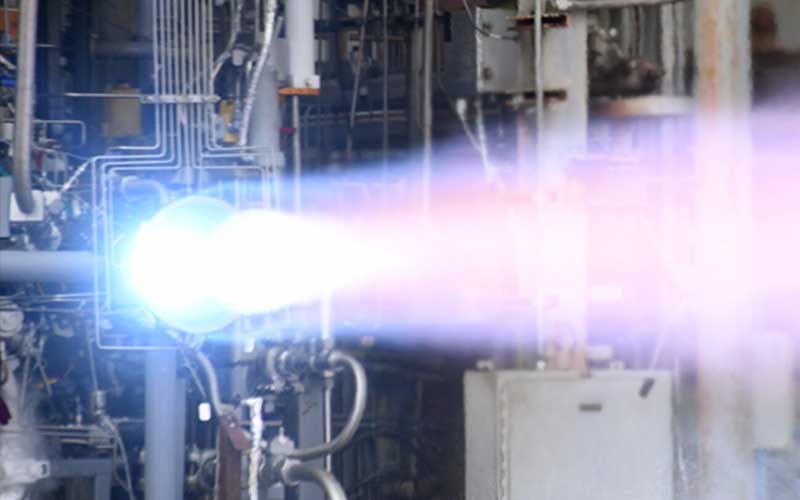
Italian rocket builder Avio has announced that it plans to test-fire its MR10 methalox rocket engine in the coming weeks.
The MR10 engine is designed to power rocket upper stages and can produce up to 98 kN of thrust. It will initially power a pair of small demonstrators before it’s used aboard the upper stage of Avio’s Vega E rocket. After the introduction of Vega E, it will be used aboard the MLV demonstrator to test key technology for the company’s Vega Next rocket.
Until recently, the engine had been called the M10. However, on 6 September 2024, Avio CEO Giulio Ranzo announced that it had been renamed the MR10 engine as a tribute to the late Mikhail Rudnykh, who had served as the company’s head of cryogenic propulsion systems and led the engine’s development.
Test firing the MR10 rocket engine
In November 2018, an initial test firing of a subscale prototype of the engine was conducted. In February 2020, a full-scale thrust chamber assembly was tested at NASA’s Marshall Space Flight Center. The first test firing of a complete MR10 rocket engine occurred in May 2022 at Avio’s new Space Propulsion Test Facility at the Salto di Quirra range in Sardinia. Between May and July, the engine underwent multiple test firings, achieving a combined burn time of more than 800 seconds.
During the third edition of the Italian Excellence conference, which was held in Paris, Avio revealed its plans to commence the next round of hot fire testing of its MR10 rocket engine in October 2024.
While the company prepares to continue testing the M10 engine, it has begun manufacturing the first flight version of the engine. The company is currently utilizing additive manufacturing technology to print the engine’s thrust chamber assembly and nozzle. Once complete, it will be utilized to power the IFD1 demonstrator, which will be launched on a sub-orbital flight to test the engine’s ability to reignite under microgravity conditions. This test flight is expected to be conducted in 2025.

